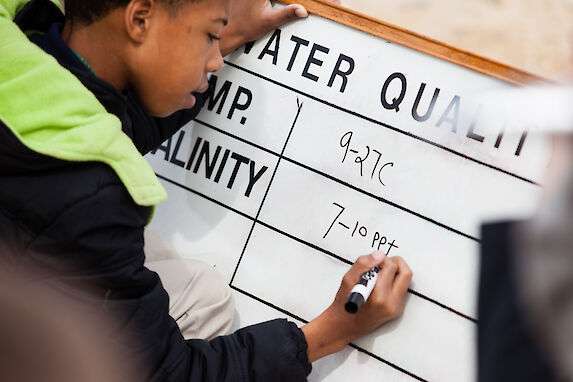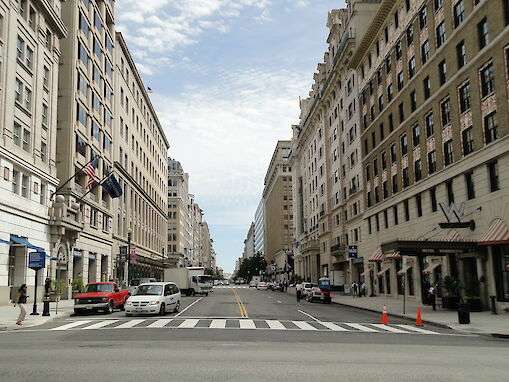Diversity is what makes the communities of Chesapeake Bay special
The Chesapeake Bay watershed includes a huge area of land and water, covering six states and the District of Columbia. The people living in our region are diverse and varied across their communities. Incorporating socio-economic indicators that take into account issues of social justice, equity, inclusion, and diversity are vitally important. In the Chesapeake Bay Watershed Report Card, there are currently three indicators that address some diversity issues: the Social Index, walkability, and the Heat Vulnerability Index. Additional indicators will be added next year, especially those that address economic disparities. In early 2021, UMCES held a course on developing an environmental justice index for the Chesapeake Bay watershed. For further details visit: https://ian.umces.edu/publications/developing-a-framework-for-an-environmental-justice-index-in-the-chesapeake-bay-watershed/.

An easy walk to a park benefits people and communities
A new indicator this year is walkability which had a good score, 62%. It measures how many people can walk to a park within ten minutes. This idea was developed by the Trust for Public Land. Access to parks within a ten-minute walk provides space for people to gather with friends, exercise, and maintain mental health in a safe outdoor environment. Often, communities of color and underrepresented communities do not have the same access as other groups. Walkability includes two metrics. One is the total amount of people that can walk to a park. The second examines how many people in diverse groups can walk to a park. Diverse groups include people who are Black, Asian, Native American, Hispanic, Pacific Islander, two or more races, and other races.

Climate safe neighborhoods are key in the face of climate change
A Heat Vulnerability Index, developed by NASA and Groundwork USA, is a new indicator in the report card. The Heat Vulnerability Index had a moderate score, 58%. This index includes four metrics: tree canopy, impervious surface, land surface temperature, and households in poverty. The index identifies places where there is greater vulnerability of people to heat-related and flooding-related risks, which are often in neighborhoods with race-based housing discrimination. Other groups at risk are communities of color, low-income communities, children, and the elderly. This index can help managers prioritize locations for restoration projects such as tree plantings and conversion of abandoned impervious surfaces to green space.

